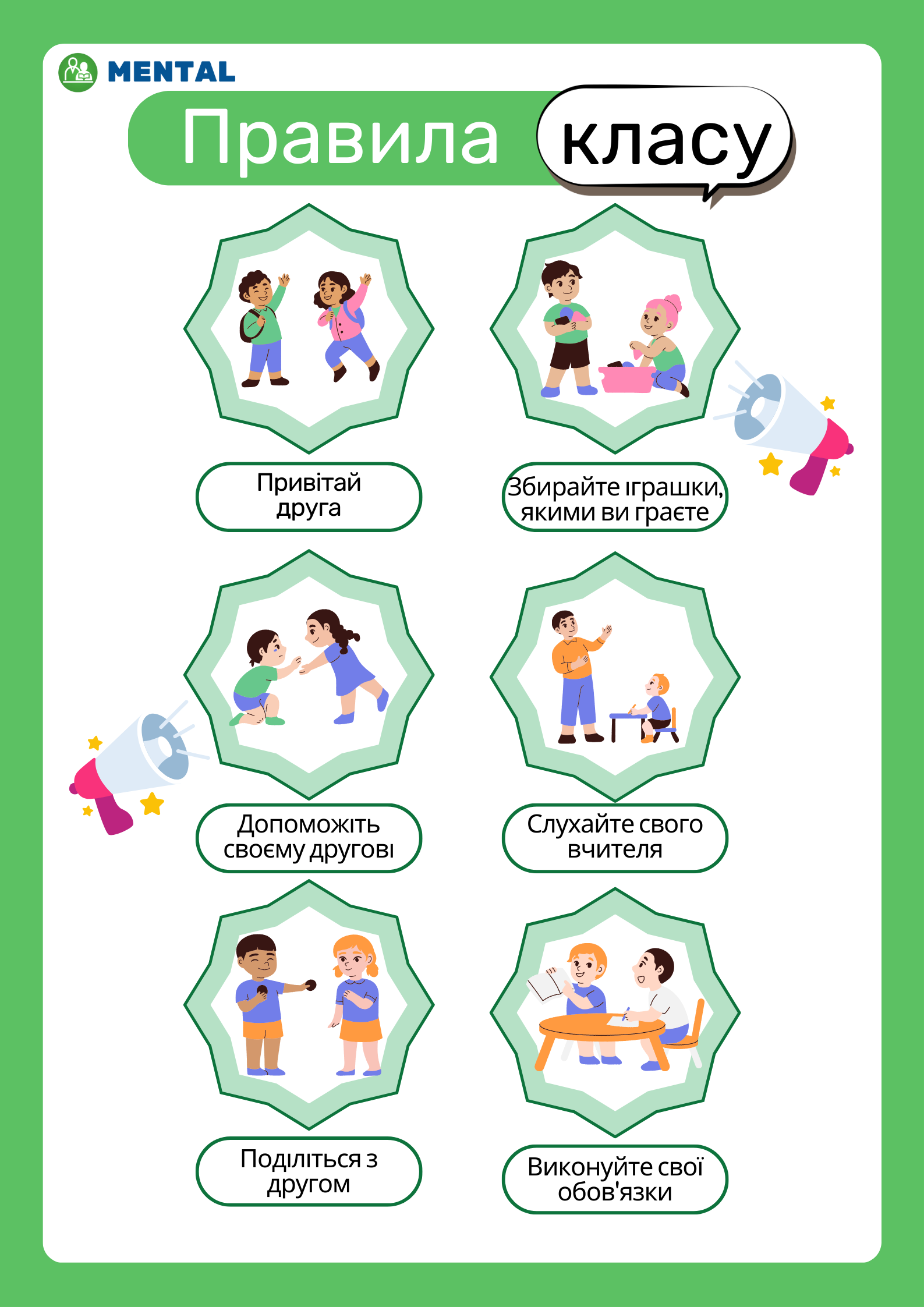In order for students to take classroom rules well, it is important to develop them together - that is, they are shared agreements about desired behavior. As a teacher, you follow the rules of the classroom just as much as your students do. This creates a broad consensus and ensures that the rules are clear and acceptable to all.

What are the benefits of classroom rules for collaborative learning?
Promote a positive learning environment
Classroom rules can promote positive interactions with each other and help create a safe environment that reduces disruption and conflict.
Creating a structure
With clearly defined expectations, classroom rules create a secure structure and provide children with security.
Strengthening social skills
Rules of mutual respect and tolerance, positive communication and good cooperation are almost always part of the classroom rules, which also help to strengthen social skills.
Reducing learning disruptions
A calm, productive learning environment is an equally important goal. Clear and clearly formulated rules help children realize this.
Reducing conflicts
Classroom rules clearly explain to students the boundaries between acceptable and unacceptable behavior. Since the consequences of violations must also be discussed when the rules are implemented, they are also clearly defined.
Tips for designing and formulating classroom rules
In order for the rules to be accepted by the class, you must develop them together with the students. These points may help:
1. Why are rules useful?
Especially for younger students, it can be helpful to start with a short theoretical part and understand why the rules might be important. Children can connect areas where they know the rules (for example, from traffic or games) and whether they make sense and why.
2. Joint brainstorming
Children think about what rules they need to learn well and feel comfortable.
To make it easier for shy children to participate, students can write down the suggestions first and you can collect the cards. Then write the ideas on the board.
3. Why these rules?
After brainstorming, discuss together which rules will be most helpful so that everyone feels comfortable and can learn well. Everyone should understand why the chosen rules are important for living together and working in the classroom.
4. Choose a limited quantity
So that it doesn't confuse children, you should focus on about three to six rules.
5. Formulate clearly and precisely
Formulate the rules in short, clear sentences that everyone can understand.
6. State the rules positively and in “I” or “We” form
Frame the rules in a positive way, explaining what is expected rather than saying what is not allowed. For example: "We make sure to speak quietly", not: "You can't speak loudly".
To address students directly, write the rules in "I" or "We" form.
7. Discuss the consequences
Discuss with the class the consequences of breaking the rules. They must be proportionate to the seriousness of the breach and clearly communicated.
8. Make the rules visible
So that the classroom rules are always present to the children, you can hang them in the form of a poster in a place in the classroom that is clearly visible to everyone. A visual representation of the rules helps children who do not yet have a good command of the Ukrainian language.
10 classroom rules for elementary school
Rules can cover various areas that play an important role in everyday school life. These may include the following points, among others:
- Learning atmosphere
- Labor organization
- Social skills (respectful interaction, cooperation and communication)
- Order
Finally, we have prepared for you some classroom rules for elementary school. There is an icon next to the written rules to make them easier to understand. You can print this image with the rules and post it in your classroom.

















































